
Even if you have only a passing interest in the world of mobile phones, chances are you’ve
heard of Android. In terms of raw statistics, it’s the world’s biggest smart phone operating system,
with almost 50 per cent of the market. A staggering 100 million Android devices have been activated
since it was launched in 2008.
This meteoric rise has put Google’s mobile OS at the forefront of the industry, and if you walk into
your average high street phone shop, a high proportion of the mobiles available will be powered
by Android software.
Such dominance is welcome news for Google and its merry band of manufacturers, but it can
be intimidatingly complex for a novide. If you want to know more about the software, watch our handy video guide. For more information on what these phones are capable of, and which you might want to buy, read on.
Choice is everything
Unlike the iPhone — which is produced by Apple and refreshed with a new model every year or so — Android is
available across a multitude of different handsets, produced by many different manufacturers. The list
reads like a Who’s Who of the mobile tech world, with Motorola, Samsung, Sony Ericsson, HTC,
Huawei, Acer, ZTE and Alcatel all using the popular OS in their phones. This is the excellent HTC Sensation.
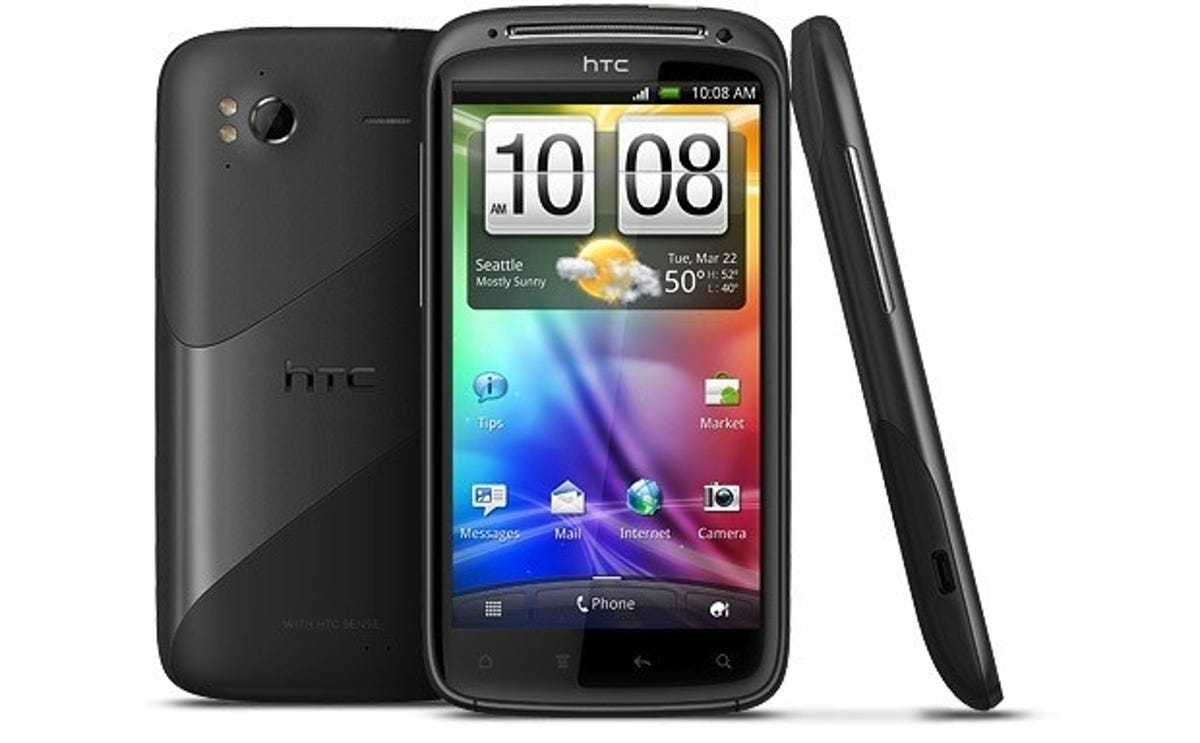

What this means for you is a greater degree of choice. The very best Android
phones — such as the Samsung Galaxy S2 — compete technologically with the iPhone and cost around £500.
At the lower end of the scale,
Android-powered devices are increasingly popping up for pocket-money prices. The tiny-but-powerful HTC Wildfire S is yours for just £200, while the slow and basic Vodafone Smart is an unbelievably cheap £60. The end result is that
whatever your budget happens to be, there’s almost certain to be an Android phone for you.
Versions
As is the case with any piece of software, Android is constantly evolving and improving. Since its
inception in 2008 there have been eight main releases, each adding more usability, functionality
and power.
The most up-to-date mobile edition of the OS is 2.3 — also known as Gingerbread. That may
sound like an odd codename, but Google is fond of naming Android versions after desserts and
sweet snacks — version 2.1 was known as Eclair, for example.
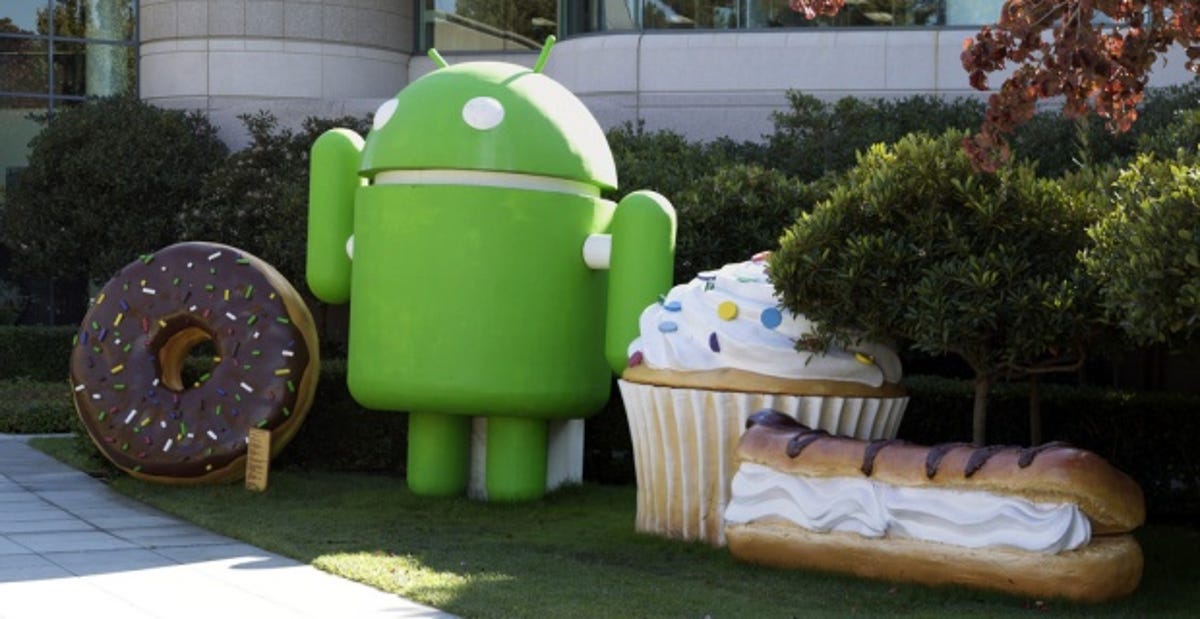

Most handsets available on the market today are running 2.2 or 2.3. Although you’ll actually notice very little difference between the two if you’re a newcomer, a phone that’s running Gingerbread is best. Not only does this mean you’ll be able to enjoy the latest features, it also means your phone will be at the cutting edge for longer, and it also has a better chance of being updated when the next version (called Ice Cream Sandwich) is released.
The Google Cloud


One of the great things about Android is the ability to sync your data ‘in the cloud‘. Once you’ve
signed in with your free Google account (a requirement for all Android devices), all of your email, contacts
and calendar appointments are automatically linked.
This means you don’t have the usual headache of transferring contacts from your previous phone, as Android keeps everything backed-up in the cloud.
If you’re a heavy email user, things are even more exciting. All of your Googlemail content is
available at the touch of a button, so if you need to find an email you sent three months or three years ago, it’s available via your phone. Googlemail also remembers all of the email addresses you’ve contacted, giving you a massive address book at your fingertips.
Apps
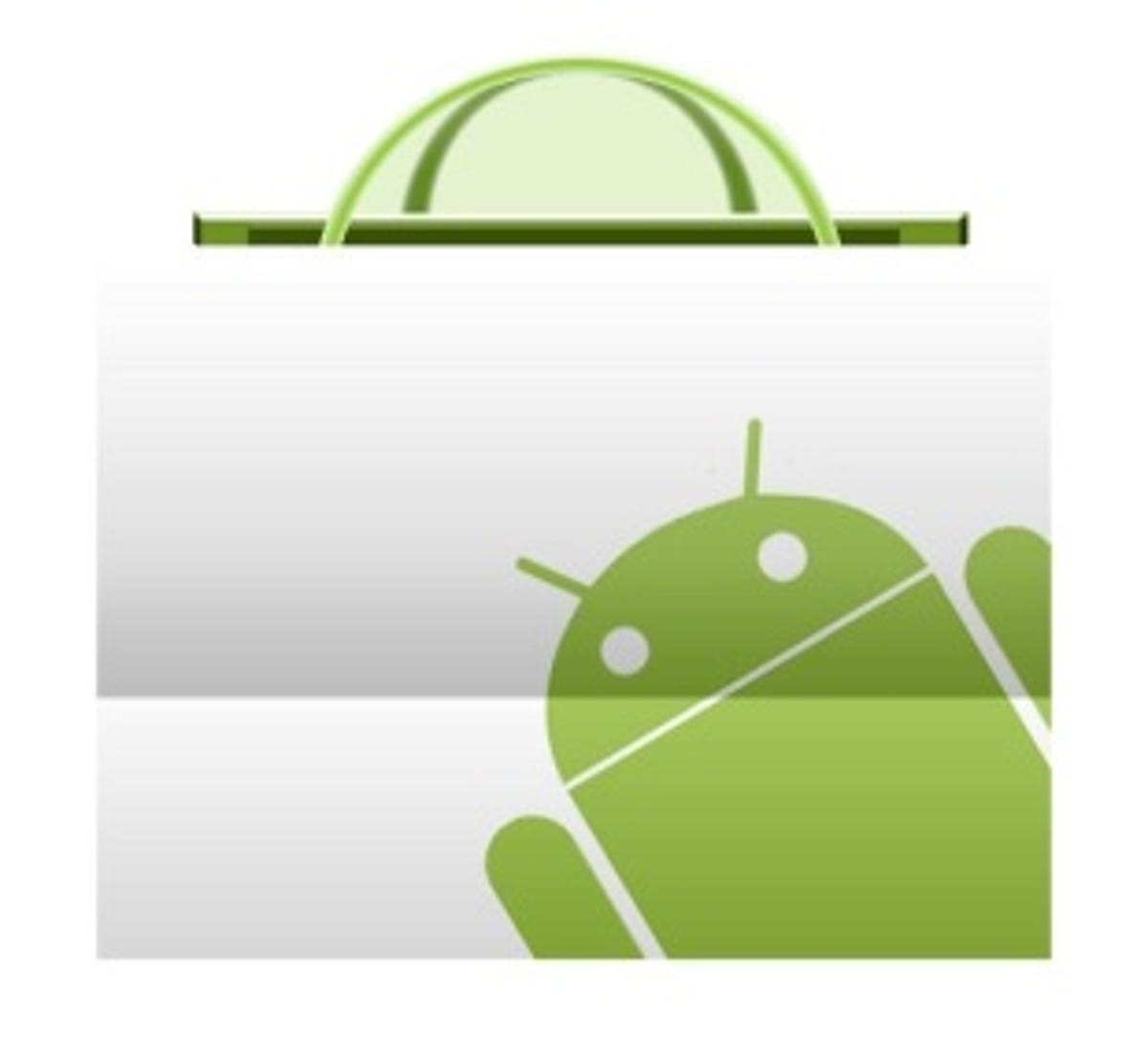

Android offers access to over 200,000 different games and apps via its Android Market, which is accessible on every Android phone. You can download useful programs, amazing 3D games and time-saving ‘widgets’ — many of which are available free of charge. Those which require payment can be purchased using your Google account, to which you can link a credit card.
Widgets are a unique feature of Android. These are ‘live’ items that can be placed on your phone’s home screen to allow instant access to certain functions or up to the minute data on stuff
like the weather, your Twitter feed or the latest news and sport headlines. This means you can see what’s happening at a glance, without opening a specific app.
Picking the right processor
Picking an Android phone is rather like buying a car. If your demands are light you’ll be
happy with a small vehicle with a modest engine, but if you want something that has both
lightning speed and killer looks, you’ll have to opt for an expensive sporty number.
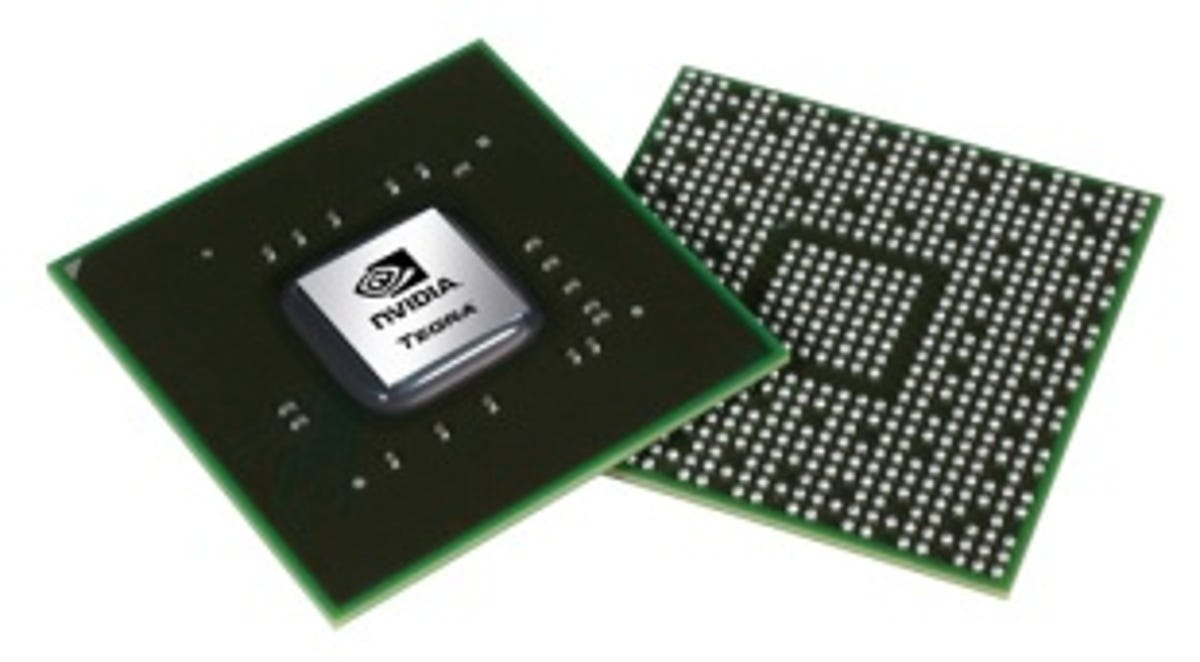

Budget Android phones use slightly slower, older processors in order to keep the overall cost
down. Your average affordable device (such as the Orange San Francisco) will probably have a 600MHz CPU, while a mid-range
handset could have anything from an 800MHz to a 1GHz chip.
Moving up the scale, you enter into the territory of the dual-core monsters. Dual-core processors
are super-fast and incredibly powerful, so if you’re after the very best in performance, you’ll
want to ensure you have at least a 1.2GHz dual-core setup.
Storage space
Thanks to the wonder of technological convergence, mobile phones are much more than just for
making calls and sending text messages. The average handset is now capable of replacing your
digital camera, camcorder and MP3 player.
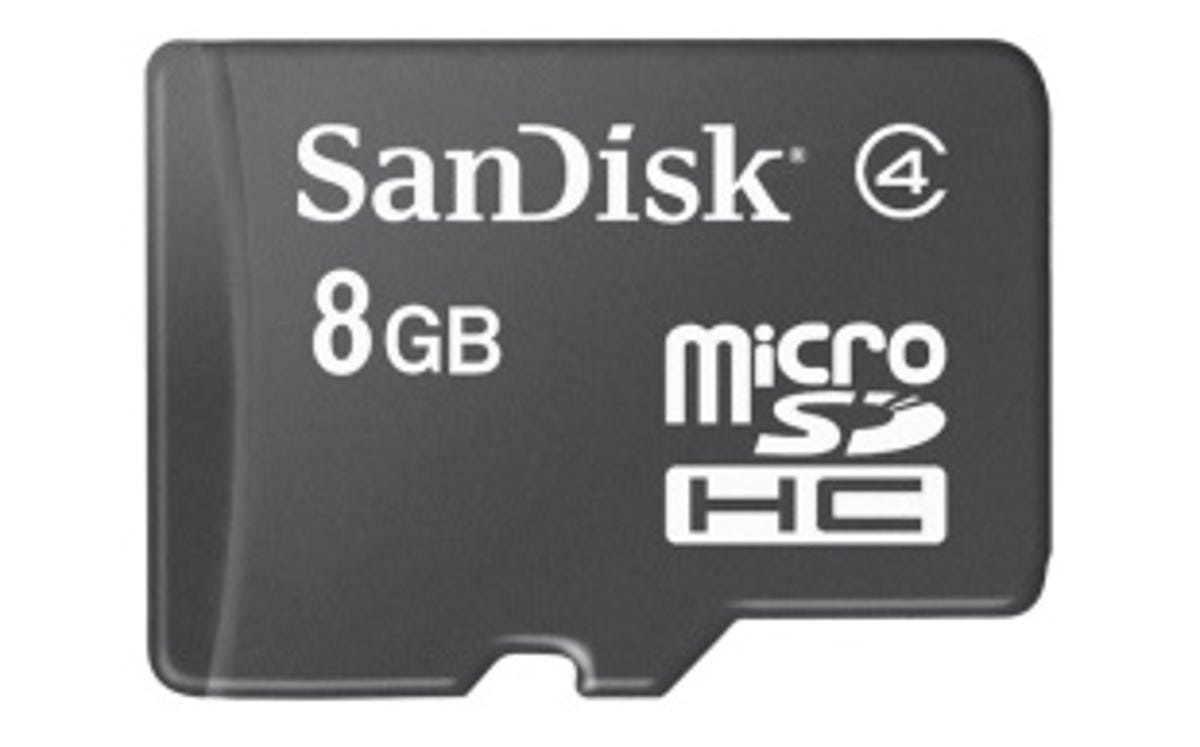

Android devices are no exception, and if you’re looking to use your shiny new handset for more
than just keeping in touch with distant relatives, you’ll want to make sure you’ve got plenty of
storage space.
Most Android phones come with a small amount of internal application storage, but use microSD
memory cards for things like videos, photos and music. It’s becoming increasingly common for manufacturers
to bundle a microSD
card with each new device — usually one of about 2GB to 4GB in size.
There are exceptions, however. The Google Nexus S (pictured below) comes with 16GB of internal storage, but
offers no way of augmenting that figure. On the other hand, the mighty Samsung Galaxy S2 has the same amount of storage but allows you to bolster it with microSD cards.
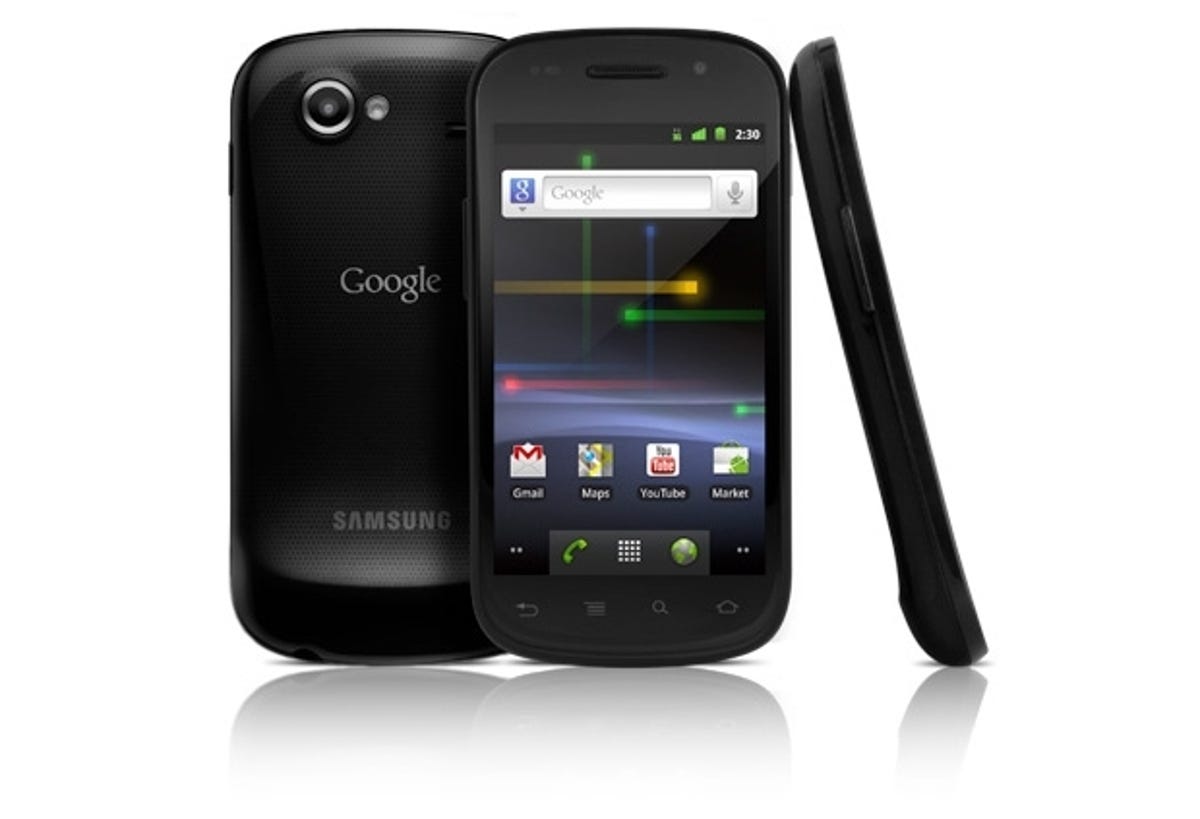

If you intend to buy a larger microSD card for your phone, it’s worth checking that the device is
able to accept higher capacity variants. Most phones will happily accept cards of up to 32GB in
size, but there are some exceptions, so be wary.
Interface
Although the touchscreen interface is now commonplace on mobiles, Android offers a wide
range of alternative options.
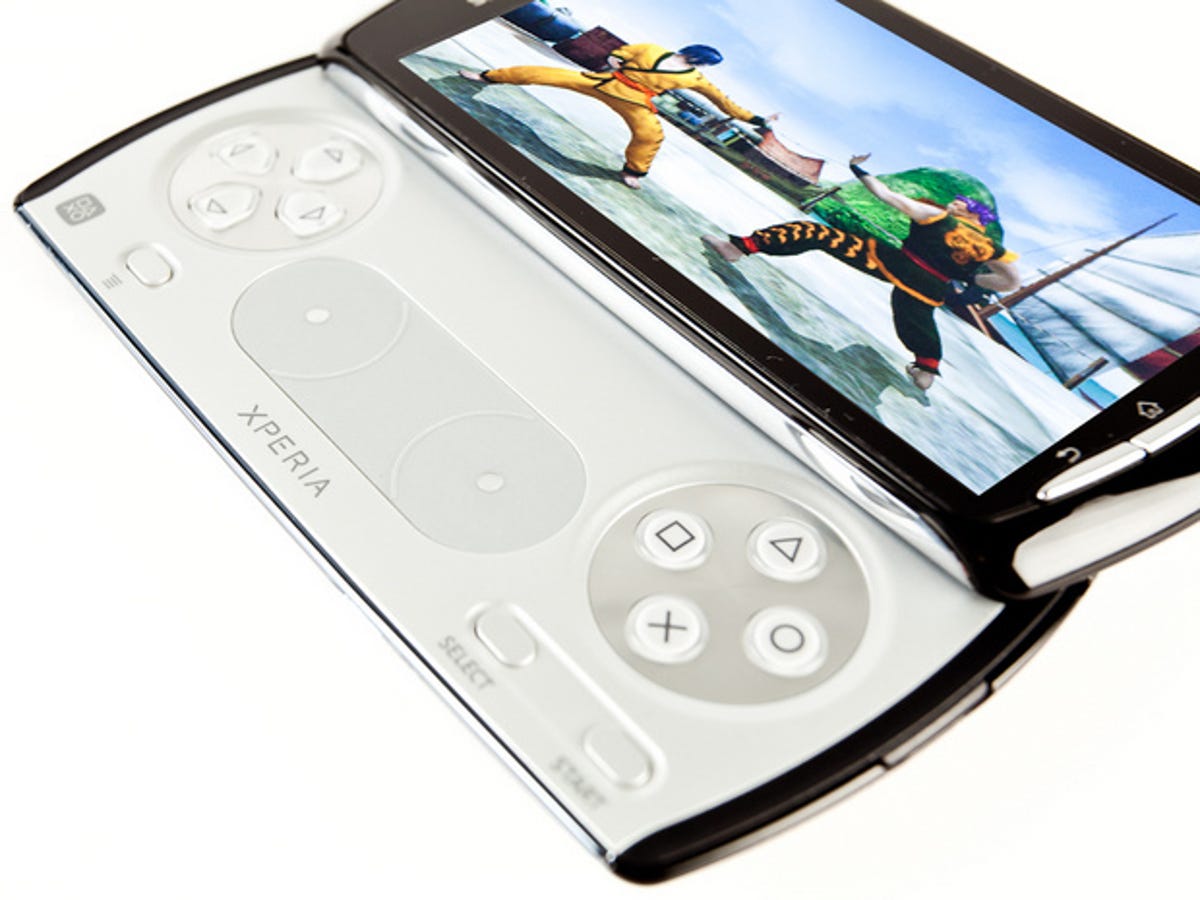

There are many Android phones that have full Qwerty keyboards, such as the HTC Desire Z, for those of you who like to
tap away on proper, physical buttons. At the other end of the scale, there’s the Sony Ericsson
Xperia Play (above), which boasts a slide-out gamepad for the ultimate portable gaming experience.
- If you decide against Android, we have other options and advice for you in our all-encompassing mobile phone buying guide.



